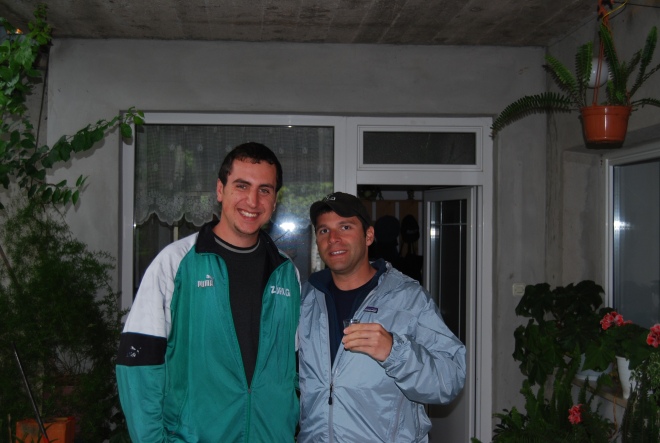Day 25
En route to Athens, Greece
It was nice to sleep in and go for a jog this morning, both of which prepared me, mentally and physically, for the next leg of my trip around the world. Split’s port was eerily quiet this Sunday morning, the usual movement of ferries and ships had grounded to a halt, like most of the city’s stores and restaurants.
Spending the last week traveling through the Dalmatian Coast of Croatia, it hasn’t been hard to see why many have named it the next summer destination (if it’s not already). The weather is beautiful, the Croatian people friendly and welcoming and the slow development a welcome relief from the overcrowded shores of so many beach areas. I’m certain that I’ll return here.
But for now, it’s another week, which means I’m off to another country. My flight departs for Greece, via Rome, in just about 90 minutes.






















































